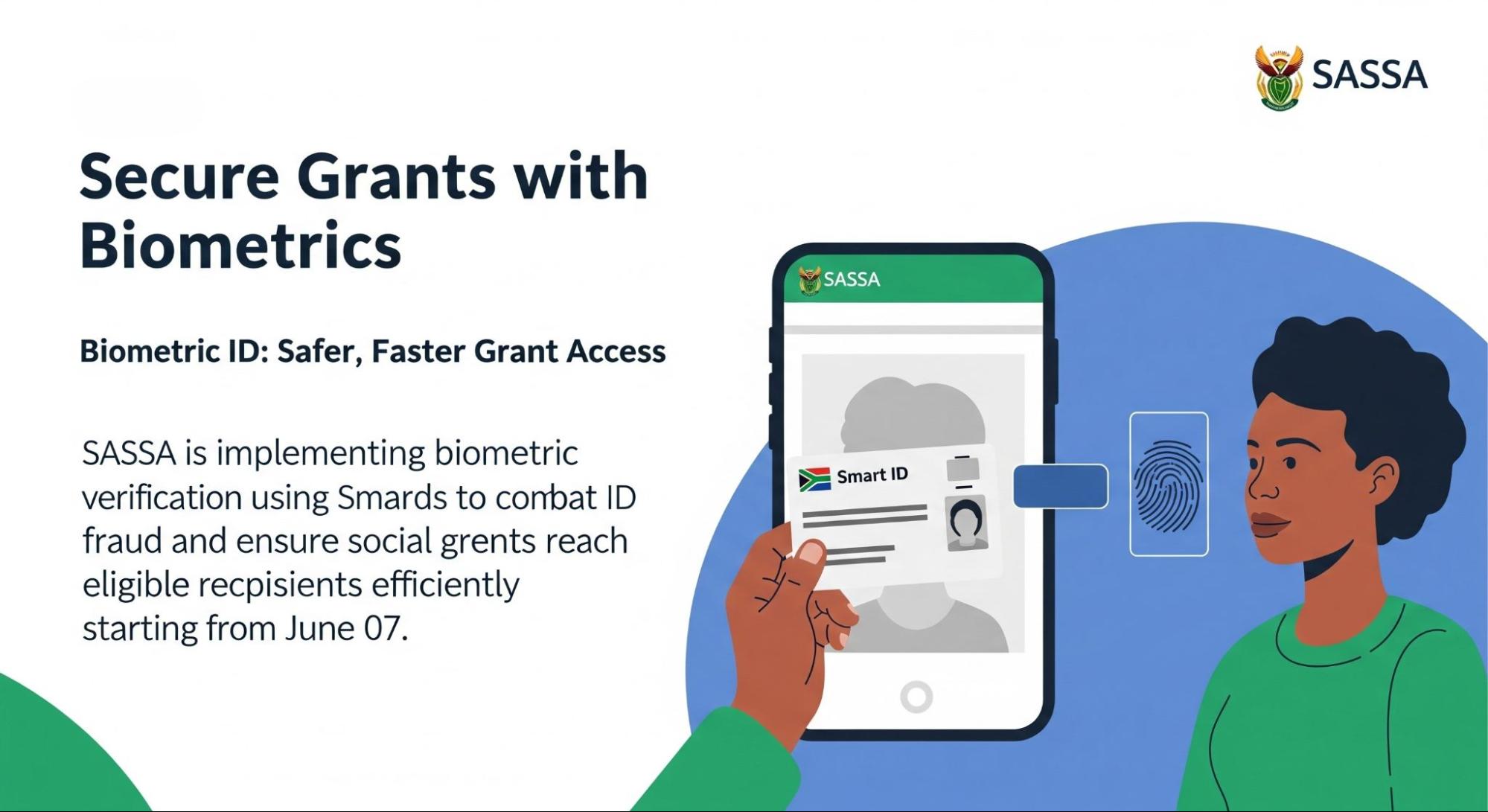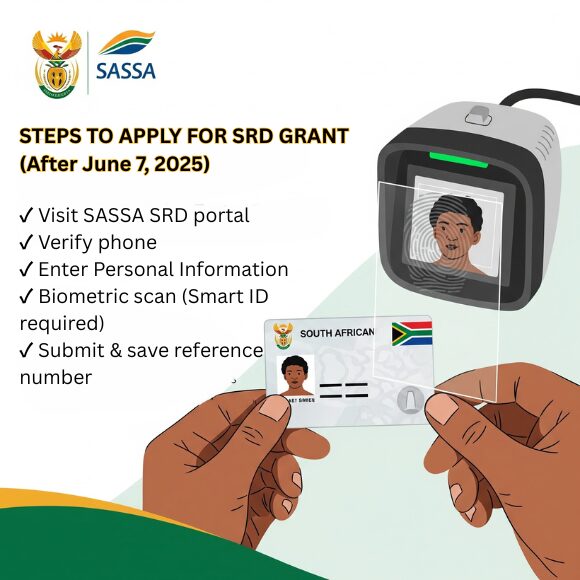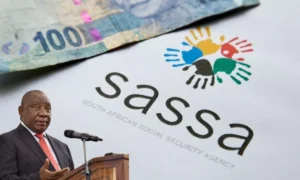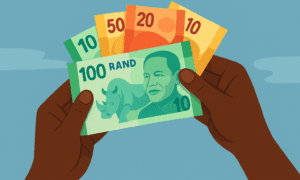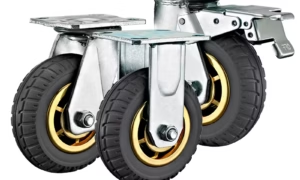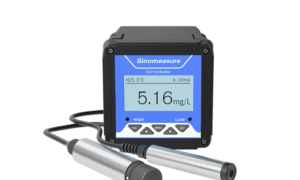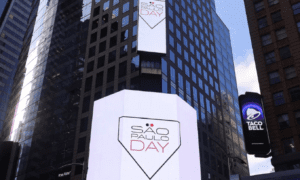Social grants are a lifeline for millions in South Africa. The COVID-19 SRD Grant, especially the R370 payment, helps those who need it most. But fraud has been a big problem. People use fake IDs, apply multiple times, or even steal from the system. This hurts the people who truly depend on these funds.
After 7 June 2025, things have changed. SASSA is making biometric verification mandatory for all new SRD Grant applicants. This means you’ll need your Smart ID card to apply. The goal? To stop fraud and make sure the right people get help.
In this post, I’ll explain how this new system works, why it matters, and what it means for you. If you’re applying soon, check the SASSA Online Application process to stay ahead.
The Problem with Traditional Verification
For years, SASSA relied on old-school ID numbers and piles of paperwork to figure out who’s who. And let’s be honest, that didn’t always go well.
- Fraud: Fake IDs, duplicate applications, and even claims under dead people’s names.
- Delays: Long queues and slow processing left people waiting weeks for payments.
- Errors: Human mistakes meant some applicants were wrongly rejected.
A 2024 report found that over R1 billion was lost to fraud in social grants. That’s money meant for struggling families. The old system just wasn’t working.
Shift to Biometric Verification
Now, things are shifting. If you’re applying for the R370 SRD grant after 7 June, you’ll need to verify your identity using your face or fingerprints. No more “he said, she said” or relying on dodgy documents. Instead of relying on paper documents alone, the system now uses your unique biological features to confirm your identity. Your fingerprints, facial features, and smart ID card work together to create an unbreakable verification chain.
At the heart of this whole new setup is your Smart ID. Even those old green barcoded ID cards pack a punch. They’ve got encrypted biometric info that basically ties your ID to your actual face or fingerprints. When you apply, a scanner checks that data against a live scan of you like your face or thumbprint to make sure it’s really you and not someone pretending to be you.
And honestly, the potential here is huge. In other countries, similar biometric systems have slashed fraud by 80% or even more. If we pull it off properly here in South Africa, it could mean way less money going to scammers and way more help reaching the people who actually need it.
New Procedure to Apply for SRD R370 Grant
The application process now requires several specific steps. You’ll need your smart ID card ready before starting any application. The card must be valid and readable by biometric scanner which can be your mobile phone camera.
Steps to Apply for SRD Grant After June 7, 2025
- Visit Official SASSA SRD portal.
- Verify your phone number → Receive SMS PIN → Input PIN to verify.
- Fill in your personal info, employment status, banking details.
- Complete biometric verification using your Smart ID card for fingerprint/facial scans.
- Submit and note your reference number.
If you’ve already applied for grants before, checking your status remains important. The SRD Status Check tool helps you track your application progress and find out about payment dates.
Document verification still matters, but it happens much faster now. The system can instantly verify your ID number, check your address, and confirm your employment status through integrated databases.
What This Means for Current Applicants
Current beneficiaries will need to complete biometric verification to continue receiving payments. SASSA will provide transition periods and support to help people adapt to the new system.
New applicants must complete the full biometric verification process from day one. There won’t be exceptions or alternative methods for most people.
The Tech Behind the Scenes
Now if you’re wondering what kind of tech wizardry is going on behind the curtain—it’s actually kinda cool. Basically:
- Your biometric data (face/finger) is stored in your Smart ID
- That gets cross-checked with the government’s secure databases
- If anything fishy pops up like the same face showing up on five different applications. It will be flagged for review.
We’re talking real-time ID matching, fraud detection, and secure platforms to keep everything locked down. Other countries like India and Brazil saw fraud drop by 30%+ after introducing biometrics. South Africa could see the same success.
But yeah, initially beneficiaries will face problems because no system’s perfect. It will take some time to be perfect for everyone.
Implementation Challenges and Solutions
Let’s not pretend this is all sunshine and roses. There are issues.
What if someone doesn’t have a Smart ID yet? Or lives in a village with no internet? Or an elderly person who has no idea how to do this stuff online?
Also, people have legit concerns about their data. Like, “What are they doing with my face scan?” and honestly… that’s a fair question. I’ve wondered the same.
So for this thing to really work, the government’s gotta:
- Get mobile teams to rural areas
- Help people learn how to use the digital stuff
- Offline options for those without smartphones.
- Home visits for the elderly or disabled to make sure no one gets left behind
Privacy is also a concern. But SASSA promises your data won’t be shared or misused.
Broader Implications for Africa
South Africa’s biometric verification for social grants isn’t just a local upgrade. Its part of a bigger shift across Africa. Countries like Kenya, Nigeria, and Ghana are already testing digital ID systems, but SASSA’s approach could set a new standard. If successful, this tech could expand to:
- Voting, healthcare, and banking – One secure ID for all services.
- Regional cooperation – Shared biometric standards to cut fraud continent-wide.
- Private-public partnerships – Fintech firms helping governments scale faster.
Globally, other nations battling grant fraud may adopt similar models. Ethical concerns about surveillance and data misuse require ongoing attention. Strong legal frameworks and oversight mechanisms protect citizens from potential abuse. Public participation in policy development ensures that community concerns are heard and addressed.
Conclusion
As we move into a more digital and secure era, biometric verification is a big step forward for social grant distribution in South Africa. If you’re applying for the SRD grant, this change is designed to protect your rights and make the system fairer for everyone. I encourage you to stay informed and make sure your Smart ID is ready, this is about making sure help reaches those who truly need it, including you.

